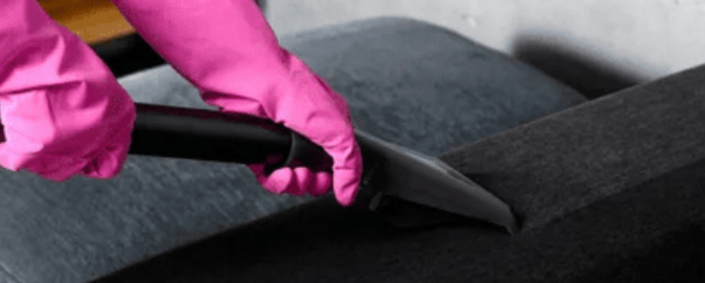Want to Try Doing Your Own Basic Furniture Repair?

 You have an occasional table that’s unsteady on its legs. Or a sofa that lists a little to one side. Or a chair with a wiggly backrest. You’re not a master carpenter, but suspect these problems shouldn’t be too hard to solve. There are certainly furniture repair situations that call for expert knowledge, but many common woes that crop up can be fixed simply and promptly. Plus, it’s an opportunity to sharpen DIY skills, and get that sense of accomplishment!
You have an occasional table that’s unsteady on its legs. Or a sofa that lists a little to one side. Or a chair with a wiggly backrest. You’re not a master carpenter, but suspect these problems shouldn’t be too hard to solve. There are certainly furniture repair situations that call for expert knowledge, but many common woes that crop up can be fixed simply and promptly. Plus, it’s an opportunity to sharpen DIY skills, and get that sense of accomplishment!
5 Furniture Repair Tips Covering Several Basic Topics.
Basic Furniture Repair: Tips and Techniques for DIY Enthusiasts
1. Fixing loose joints (A): wood, metal or plastic? Loose joints are about the commonest structural difficulty you’ll encounter, and usually that means wood. Contemporary metal-framed furnishings don’t usually need more than tightening a screw attachment. Molded plastic is also unlikely to have problems with loose joints.
2. Fixing loose joints (B): what type of joint? On older furniture they’re probably mortise-and-tenon joints where frame members meet or legs attach; or dovetail joints. Mass-produced furniture, from 1960 to the present, likely has butt joints, using screws or nails with glue. Mortise-tenon and butt joints are more prone to loosening. It’s best to fix them promptly, when it’s usually a simple matter of getting wood glue into the join (use a glue injector), and clamping for two days to cure completely.
3. Fixing broken chair rails or spindles. Dining chair rails that connect the legs, and slats or spindles spanning the back rest are vulnerable to breakage. Since they don’t bear weight like legs, fixing them is usually not hard. If broken through, spread glue on each broken surface, or use your injector to get glue into the break if it’s only a crack. Press the joint together, making sure it’s aligned properly, and wipe off extra glue. Then wrap the joint in wax paper, followed by a firm wrapping of twine to support the mend. Use rope or a strap clamp to clamp the chair legs or back pieces firmly, and cure for two days.
4. Fixing uneven legs. Wobbles are often due to uneven leg length. Best repair method: build up the short leg with a metal leg cap, available in several sizes. Much better than trying to shorten the longer ones — that can lead to more complex problems! Revitalize your furniture with DR. Sofa! Our upholstery cleaning services bring new life to your beloved pieces. Trust us for a fresh, clean home!
5. Fixing surface stains. Stubborn stains on fabric surfaces of chairs and sofas are a matter for professional cleaning or reupholstery. But wood-surface stains affecting only the finish coat are often simple fixes. White moisture marks like cup rings and general “blushing” are removable; try furniture polish and buffing; light wiping with a little denatured alcohol; or gentle abrasive, followed by wax and polish. Substances like tar, paint, crayon, and grease come up with gentle prying with a putty knife followed by light buffing with #0000 steel wool dampened with mineral spirits, then waxing and polishing.
You may not want to try complex joinery or to repair leather furniture; they’re best entrusted to trained professionals. But there’s a lot you can do yourself. DR. Sofa: Your go-to for seamless furniture solutions! We specialize in expert furniture disassembly and reassembly services. Stress-free furniture care!










